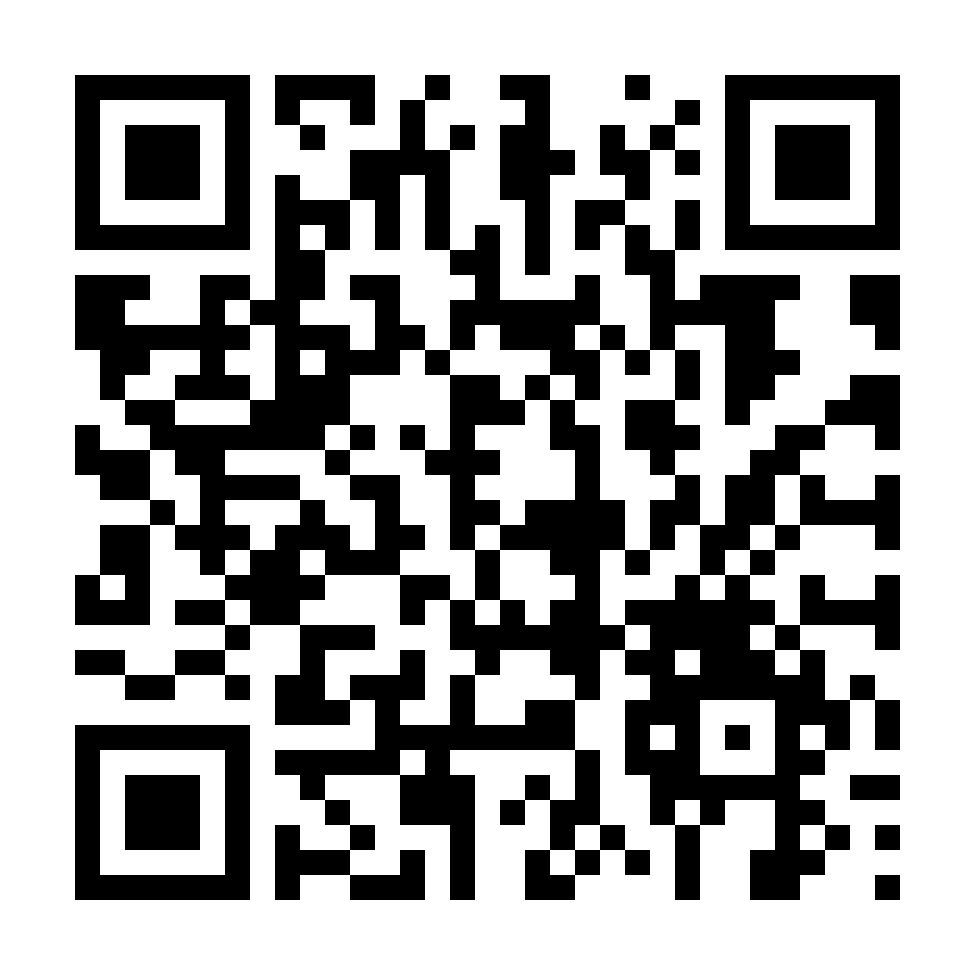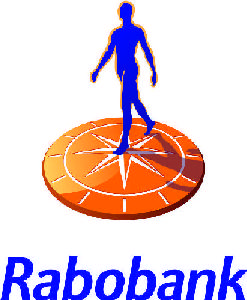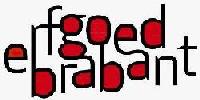English Deutsch Index
Nederlands
304 Wandkleed
Als het wandkleed niet zichtbaar is kunt u het rolgordijn omhoog trekken met het kettinkje aan de linkerkant.
Audio
Het wandkleed is vervaardigd door mevrouw Ad Kooymans uit ‘s Heerenberg, zij was een goede kennis van de toenmalige voorzitter van Suiker Unie Ir. M.A. Geuze. Zij is specialiste in het vervaardigen van kleurrijke wandkleden. Het wandkleed bevat tal van voorstellingen die betrekking hebben op de suikerindustrie in al haar facetten.
De bestuursleden van de Suiker Unie hebben in 1967 dit wandkleed aangeboden bij de opening van het eerste hoofdkantoor aan de Boompjes in Rotterdam.
In 1970 verhuisde het hoofdkantoor naar een nieuw en modern kantoorpand aan de Zuilenstraat in Breda en daar heeft het wandkleed in de bestuur vergaderzaal gehangen. In de jaren 90 is het wat gaan rondzwerven en uiteindelijk naar Roosendaal gegaan, waar het in het nieuwe laboratorium van Suiker Unie Research een plaatsje kreeg.
In 2003 is het in bruikleen gegeven aan dit museum.
Rondom het centrale deel staat de tekst “ZOLANG DE AARDE VRUCHTEN DRAAGT, ZAL HET ZOETE ALTIJD ONS DAGELIJKS DEEL ZIJN”.
Op de landkaart (situatie 1966) is met V-steken aangegeven waar suikerbieten worden geteeld. Elke V staat voor 100 hectare suikerbieten.
De voornaamste gebieden zijn: Zeeland, West Brabant, Zuid Limburg, Flevopolders, Kop van Groningen en Friesland, Wieringermeerpolder, Haarlemmermeerpolder en Zuid Hollandse eilanden.
Ook komen er bieten van de zandgronden in Oost Brabant, Noord Limburg en Drenthe. In West Brabant hebben de meeste suikerfabrieken (21 stuks) gestaan en wordt ook wel de “Suikerhoek” genoemd.
Rondom met de klok mee ziet u bloemen, vlinders en bijen, die de nectar uit de bloemen op het veld zuigen. Honing is de oudste zoetstof, die er bestaat.
De vrouw op de ladder is een wandschildering van duizenden jaren voor Christus, die is gevonden in een grot nabij Valencia. Zij verzamelt de honingraten uit de gaten in de rotswand.
De schepen (rechts boven) van de Portugezen (Columbus) hebben vanaf de Canarische Eilanden en Madeira de rietsuikerplantjes meegenomen naar Midden en Zuid Amerika.
Daaronder een afbeelding van de slavenarbeid op de suikerrietplantages.
De kruisvaarders (rechtsonder) hebben de suikerrietcultuur meegebracht naar gebieden rondom de Middellandse Zee.
Daarnaast staat Napoleon die met zijn continentale stelsel Engeland wilde onderwerpen. Rietsuiker bracht welvaart in Engeland. Hij wilde met de invoer van de suikerbietenteelt Engeland dwars zitten. Hij is de grondlegger van de suikerbietenteelt in West Europa.
Vervolgens een “meestoof” waar de meekrapwortel verwerkt werd tot een rode kleurstof. Door de opkomst van synthetische kleurstoffen en de suikerbietenteelt is de meekrapteelt verdwenen.
Daarnaast een oude Zeeuwse boerenwagen waarmee vroeger de suikerbieten vervoerd werden.
Midden onder een suikerbiet. Deze heeft de ideale vorm van ’n echte suikerbiet met een goed suikergehalte.
Links daarvan het kweekbedrijf, waar de suikerbietenplantjes veredeld werden.
Om de hoek de zaaimachine die het vele handwerk op de akkers verving.
De zon zorgt ervoor dat bepaalde stoffen in de suikerbiet worden omgezet in kristallen, ook wel fotosynthese genoemd.
In de hoek insecten, zoals luizen en bietenvlieg, die virusziekten verspreiden in de bladeren van de bieten, de vergelingsziekte.
Daarboven het rooien van de suikerbieten met de hand en machinaal.
Boven in de hoek een fabriek met onderzoekslaboratorium.
Daarnaast de centrifuges, die de witte suiker en de stroop van elkaar scheiden.
De klontjes en de losse suiker zijn het toonbeeld van een goed eindproduct.
Vervolgens het eerste logo van Suiker Unie in 1966.
Tot slot een koe, die het eindproduct pulp opeet en het verhaaltje rond maakt.
U kunt nu verdergaan met nummer 306 “Bietenteelt”.
English
304 Wandkleed (Tapestry)
If the tapestry is not visible, pull the blind up with the chain on the left.
Audio
The tapestry has been made by Mrs. Ad Kooymans from 's Heerenberg, who was a good acquaintance of the then chairman of Suiker Unie, M.A. Geuze. She is a specialist in the manufacture of colourful tapestries. The tapestry contains numerous representations relating to the sugar industry in all its facets.
In 1967, the board members of the Suiker Unie was presented this tapestry at the opening of the first head office in the Boompjes in Rotterdam.
In 1970 the head office moved to a new and modern office building on the Zuilenstraat in Breda and there the tapestry hung in the board meeting room. In the 1990s, it was in different locations but it finally ended up in Roosendaal, where it was hung in the new laboratory of Suiker Unie Research.
In 2003 it was loaned to this museum.
Around the central part is the text "AS LONG AS THE EARTH BEARS FRUIT, THE SWEET WILL ALWAYS BE OUR DAILY PORTION".
On the map (situation 1966) the V-stitches indicate where sugar beet is grown in the Netherlands. Each V represents 100 hectares of sugar beet.
The main areas are: Zeeland, West Brabant, South Limburg, Flevopolders, Kop van Groningen and Friesland, Wieringermeerpolder, Haarlemmermeerpolder and South Holland islands.
Sugar beet is also grown in the sandy soils in East Brabant, North Limburg and Drenthe. West Brabant has had the most sugar factories (21 of them) and is also known as the "Suikerhoek" (Sugar corner).
Looking clockwise around the tapestry you can see flowers, butterflies and bees sucking the nectar from the flowers in the field. Honey is the oldest sweetener in existence.
The woman on the ladder is a mural from thousands of years before Christ, which was found in a cave near Valencia. She is collecting the honeycombs from holes in the rock face.
The ships (top right) of the Portuguese (Columbus) brought the cane sugar plants from the Canary Islands and Madeira to Central and South America.
Below is an image of slave labour on the sugar cane plantations.
The Crusaders (bottom right) brought sugar cane cultivation with them to areas around the Mediterranean Sea.
Next to it is Napoleon who wanted to subjugate England with his continental system. Cane sugar brought prosperity to England. He wanted to thwart England with the import of sugar beet cultivation. He founded the sugar beet cultivation in Western Europe.
Then a "medder stew" where the madder root was processed into a red dye. Due to the rise of synthetic dyes and sugar beet cultivation, madder cultivation has disappeared.
In addition, an old Zeeland farmer's wagon used to transport the sugar beets.
Bellow in the middle is a sugar beet. This has the ideal shape of a real sugar beet with a good sugar content.
To the left is the nursery, where the sugar beet plants are produced.
In the corner the seeder that replaced the manual work in the fields.
The sun causes certain substances in the sugar beet to be converted into crystals, also known as photosynthesis.
In the corner insects, such as aphids and the sugar beet fly, which spread viral diseases in the leaves of the sugar beets, a yellowing disease.
Above these, the sugar beet is harvested both by hand and machine.
Above in the corner is a factory with a research laboratory.
In addition, the centrifuges, which separate the white sugar and the syrup from each other.
The lumps and loose sugar are the characteristics of a good end product.
After this the first logo of “Suiker Unie” dating from 1966.
Finally, a cow, which eats the final pulp and completes the story.
You can now proceed to number 306 "Bietenteelt".
Deutsch
304 Wandkleed
Audio
De QR code voor deze pagina is 




